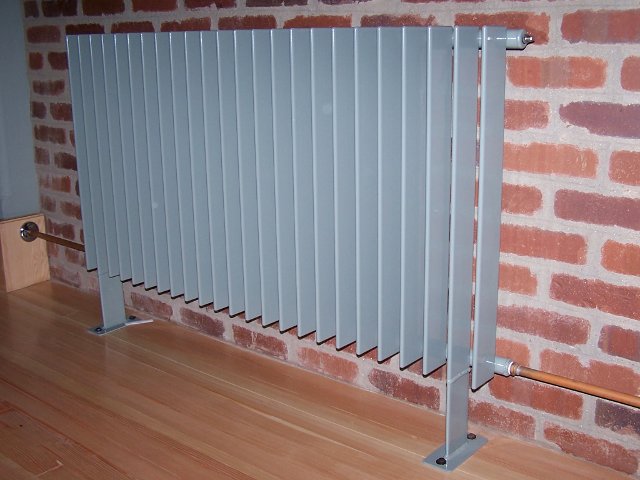Without heat, humanity wouldn’t exist. It’s as simple as that. Our cave-dwelling ancestors relied on fires to warn off any animals hoping to eat them, and to cook any animals that they wanted to eat themselves. cave fires kept the children warm too. Over time, as our homes grew more sophisticated and we started to live in houses, so fire remained a central part of domestic life for cooking and keeping out the chill.
Heating the modern home
As our homes developed over the centuries, so did our ways of creating and utilising heat. Nowadays, we don’t have to use fire directly for cooking our food or heating our houses, yet the attractive nature of controlled, flickering flames keeps our ingle-nooks, open fireplaces and candles close to our hearts and still a decorative feature in our homes.
The appeal of attractive radiators
The visual appeal of heat sources translates into radiator design. Central heating system advances allow us to bring heat into the home easily and efficiently, with slimline radiators in every room emitting plenty of heat. Yet these radiators are increasingly becoming design focal points in their own right. tactile metals, intricate designs and smooth surfaces are common elements of 21st-century radiators and designers are producing more and more options for us to choose from – designs that complement the rest of the house.
Interesting influences
Radiators are so versatile, they can be designed to represent themes from almost any historical period. The decadent grandeur of the Renaissance era contrasts sharply with the sharp lines of Modernism. Rococo extravagance places itself in direct opposition to Art Deco precision, yet all of these influences can be reproduced on a radiator. The natural world can become an inspiration, as well as industrially inspired structures and styles.
Energy awareness
Finally, radiators have become far more versatile when it comes to energy efficiency. innovations such as using infrared technology to react with the thermal properties of recycled stone can gently warm your house with minimal environmental impact. Other models use recycled metals, while radiators running on electricity as opposed to gas and oil also help reduce harmful residues, while saving precious non-renewable fuel supplies.
Radiators represent a particularly efficient method of modern domestic heating, yet within that efficiency lies a wealth of choice – both in design and energy saving approaches.
Stay warm!


